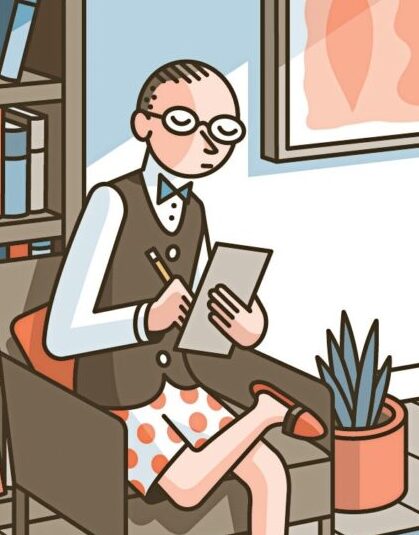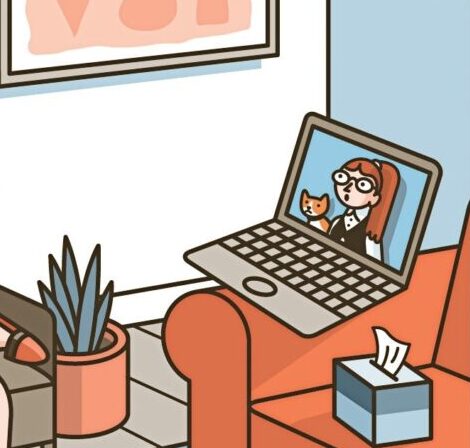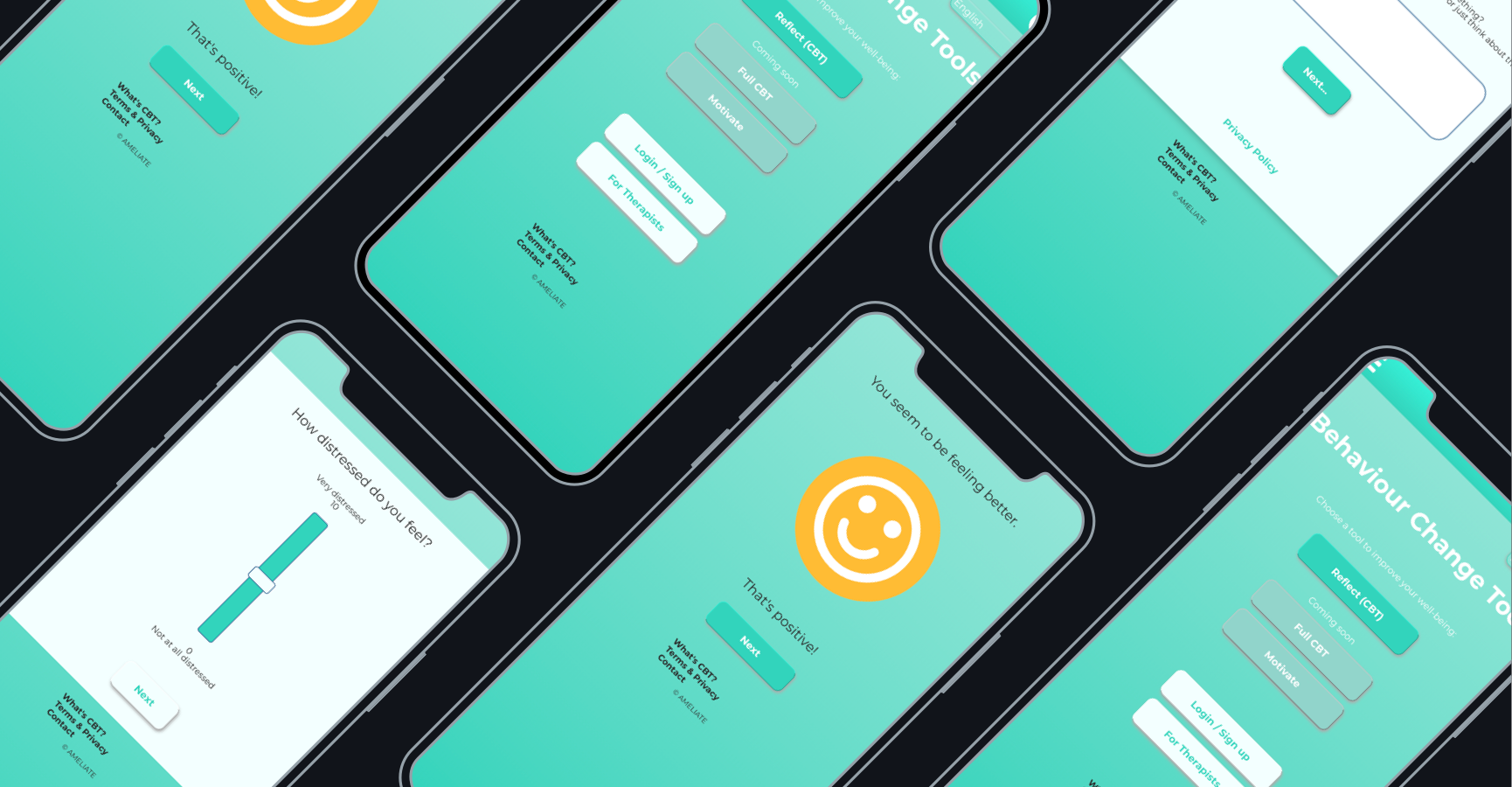
This past summer, at the (first) height of the COVID pandemic in the United States, the New Yorker published an interesting look at how therapy, therapists, and clients had evolved when they were forced to go entirely remote and digital: The New Theatrics of Remote Therapy.
This provided an interesting look into how technology can support therapy, in event of an emergency, even without specifically engineered solutions.
Ultimately, this article documents how this shift to digital therapy can work well, but remains challenging in many ways. This in turn highlights the need for more tailored solutions. While Zoom calls and a notepad emulate a therapist’s office on the surface, there are much more complex dynamics at work in the client-therapist relationship, and these need to be supported through technology in other ways to make digital therapeutics successful.
In this vein, one theme that was particularly interesting, and at first surprising, was the largely unchanged nature of therapy – therapists continue to go through the motions of preparing and sitting at their desk (and getting dressed), while clients continue with their rituals, for example sitting on the couch.
This continued maintenance of ritual and appearance does make sense, especially when therapy has an inherent theatricality to it. Much of the benefits of psychotherapy lie in these routines and non-verbal parts of the interactions with therapists in the spaces of their offices. Certainly, therapists are aware of this, and make a conscious effort to maintain these rituals despite the change in medium.
However, no matter how much of these theatrics of therapy are observed, the switch to video calls face-to-face changes much of this dynamic.
(It is perhaps worth noting some of the other research and literature that has subsequently been published about ‘Zoom fatigue’ – why video calls and meetings feel so draining, but also what habits we can adopt to reduce these effects on us. The Stanford Virtual Human Interaction Lab recently published a guide on how to mitigate these effects: Four Causes for ‘Zoom Fatigue’ and Their Simple Fixes.)

The continuous, direct eye-contact of video calls is not natural (see note above), and this uncanniness is particularly noticeable in therapy sessions, where much of the work involves “the careful budgeting of eye contact.” This fundamentally changes “the texture of intimacy” in the client-therapist relationship during and beyond sessions.
Beyond the specifics of digital therapy sessions, COVID-19 has of course impacted mental health more generally, from children who can no longer socialize at school, to the stress put upon frontline health care workers. This broader stress has created an increase in demand for therapists and the services they provide, while at the same time preventing them from providing their services in a traditional way.
But, necessity is the mother of invention, and it is inspiring to see therapist evolving to this new reality, with many deciding to “cast aside a pose of dispassion to meet their patients’ unprecedented needs, becoming coaches or ‘supporters.’”
Even beyond this personal chance, the larger effects of a shift to digital therapy are not all bad – this shift to digital mental health services, necessitated by COVID-19, is proving a boon for those who would normally not have access to, or would not seek out the therapy they need.
This is also ultimately a story of survival and adaptation, where therapists have improvised and cobbled together solutions to continue to serve and help their clients. And, if nothing else this is heartening news for digital mental health services, as we see therapists turning to technology to provide more access to mental health services. While the tools at their disposal may still be lacking, it is simply time to create those technological tools that will support them in helping people.


